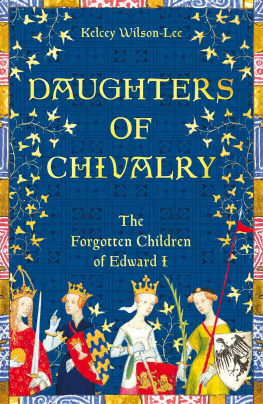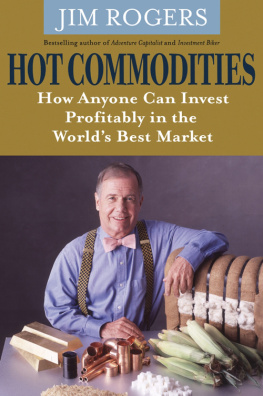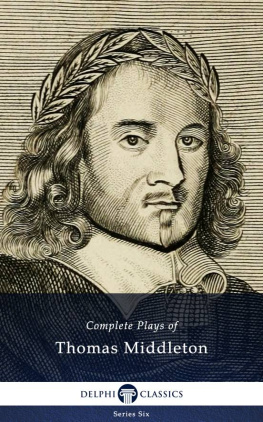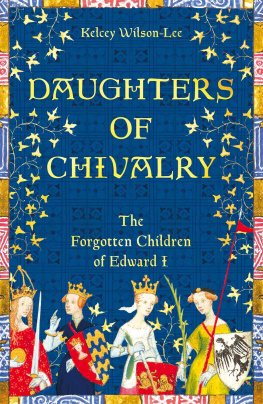NEW MERMAIDS
General editors:
William C. Carroll, Boston University
Brian Gibbons, University of Mnster
Tiffany Stern, University of Oxford

Reconstruction of an Elizabethan Theatre
by C. Walter Hodges
NEW MERMAIDS
The Alchemist
All for Love
Arden of Faversham
Arms and the Man
Bartholmew Fair
The Beaux Stratagem
The Beggars Opera
The Changeling
A Chaste Maid in Cheapside
The Country Wife
The Critic
Doctor Faustus
The Duchess of Malfi
The Dutch Courtesan
Eastward Ho!
Edward the Second
Elizabethan and Jacobean Tragedies
Epicoene or The Silent Woman
Every Man In His Humour
Gammer Gurtons Needle
An Ideal Husband
The Importance of Being Earnest
The Jew of Malta
The Knight of the Burning Pestle
Lady Windermeres Fan
London Assurance
Love for Love
Major Barbara
The Malcontent
The Man of Mode
Marriage A-La-Mode
A New Way to Pay Old Debts
The Old Wifes Tale
The Playboy of the Western World
The Provoked Wife
Pygmalion
The Recruiting Officer
The Relapse
The Revengers Tragedy
The Rivals
The Roaring Girl
The Rover
Saint Joan
The School for Scandal
She Stoops to Conquer
The Shoemakers Holiday
The Spanish Tragedy
Tamburlaine
The Tamer Tamed
Three Late Medieval Morality Plays
Mankind
Everyman
Mundus et Infans
Tis Pity Shes a Whore
The Tragedy of Mariam Volpone
The Way of the World
The White Devil
The Witch
The Witch of Edmonton
A Woman Killed with Kindness
A Woman of No Importance
Women Beware Women
NEW MERMAIDS
A Chaste
Maid in
Cheapside
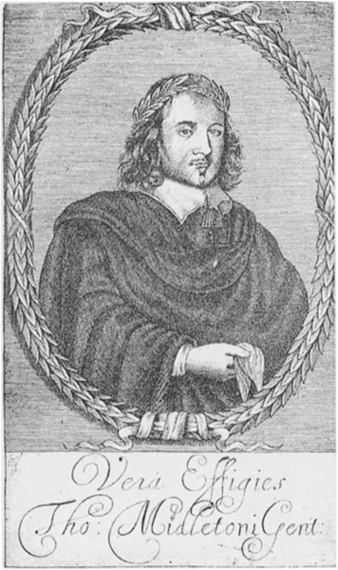
The True Likeness (Vera Effigies) of Thomas Middleton. An engraving published in November 1795 by W. Richardson.
NEW MERMAIDS
THOMAS MIDDLETON
A CHASTE MAID
IN CHEAPSIDE
edited by Alan Brissenden
Adelaide University

CONTENTS
A. H. Bullens The Works of Thomas Middleton (8 vols. 188586) is still the standard edition but I have also used those of Dyce (5 vols., 1840) and Ellis (Mermaid Series, 2 vols., 188790) as well as R. J. Walls unpublished dissertation, A Critical Edition of Thomas Middletons A Chast Mayd in Cheape-side (University of Michigan, 1958). Shakespeares Bawdy (1956) by Eric Partridge, A Topographical Dictionary to the Works of Shakespeare and his Fellow Dramatists (Manchester, 1925) by E. H. Sugden and M. P. Tilleys Dictionary of the Proverbs in England in the Sixteenth and Seventeenth Centuries (Ann Arbor, 1950) have been indispensable reference books.
My sincere thanks are due to Mrs Edith Lack and Mrs Jane Delin, who saved me much tedium in hunting references, to my colleagues at the University of Adelaide, especially F. H. Mares, M. Bryn Davies and G. W. Turner, and to A. M. Gibbs of the University of Leeds. I am also grateful to Miss Pat Story for her typing, Miss Rebecca Foale for her cartography and the General Editors for their patience. To my wife and family I owe a special debt for accepting so nobly and for so long the presence of another woman in the house.
(FIRST EDITION, 1968)
The reprint of 1971 gave opportunity to correct misprints, make corrections and alterations and additions, and to thank Elizabeth Sweeting, the then Administrator of the Oxford Playhouse, for sending details of the 1970 OUDS production of the play.
For the present edition the text has been considered afresh in the light of those which have been published since 1968, and the notes and Introduction have been revised and expanded. I am grateful to the General Editor for helpful suggestions, and to the staff of the Barr Smith Library, Adelaide University, and the Victoria and Albert Theatre Museum, London, for cheerful assistance. For information on the 1997 production at Shakespeares Globe I thank Nick Robins and others on the theatre staff.
Since the first New Mermaid edition of 1968 A Chaste Maid in Cheapside has been edited by Charles Barber for Fountainwell Texts (Edinburgh, 1969), R. B. Parker for the Revels Plays (1969), Kenneth Muir in Thomas Middleton: Three Plays (1975), David Frost in Selected Plays of Thomas Middleton (Cambridge, 1978) and Bryan Loughrey and Neil Taylor in Thomas Middleton: Five Plays (Harmondsworth, 1988). All these editions have been drawn on for this revision and are referred to in the notes by the names of the respective editors. The first collected edition of Middletons dramatic works since Bullens, under the general editorship of Gary Taylor, is scheduled for publication by Oxford University Press in 2003.
I am again grateful to my wife and family for their helpful support.
A. B.
ADELAIDE 2002
Q | the edition of 1630 |
Bullen | A. H. Bullen, The Works of Thomas Middleton (188586) |
Dyce | Alexander Dyce, The Works of Thomas Middleton (1840) |
ed. | editions other than this |
N&Q | Notes and Queries |
PMLA | Publications of the Modern Language Association of America |
PQ | Philological Quarterly |
RORD | Research Opportunities in Renaissance Drama |
SEL | Studies in English Literature |
s.d. | stage direction |
s.p. | speech prefix |
Survey | John Stow, A Survey of London, ed. C. L. Kingsford (Oxford, 1908) |
Wall | R. J. Wall, A Critical Edition of Thomas Middletons A Chast Mayd in Cheape-side, unpublished dissertation (Michigan, 1958) |
First mentioned in 1067 as Westceape, as Chepsyde in 1510 and deriving its name from ceap, the Anglo-Saxon word for barter, the wide street of Cheapside was the old market place of London, extending from the north-east corner of St Pauls churchyard to the Poultry. Down the centre stood four structures: at the western end the Little Conduit by St Pauls gate, then, three storeys high, one of the twelve crosses set up by Edward I to mark the resting-places of Queen Elinors body on its way from Lincoln to Westminster Abbey after her death in 1290; next was the Standard, a square pillar with a conduit, and a statue of Fame on the top, and at the eastern end, where Cheapside met the junction of Bucklersbury and Poultry, stood the Great Conduit, first built in 1285, to which water was piped from Paddington. The conduits water reservoirs ran red wine on special occasions, including the triumphal Progress of James I through London on 15 March 1604, and those with flat tops served as stages for shows during such events. From the fourteenth century to the eighteenth Cheapside provided the culminating point on the main processional route through the city for royal entries to London and major civic observances, particularly the inauguration of the Lord Mayor.the seventeenth century, and there was a pillory at the eastern end. In 1912 a hoard of early seventeenth-century jewellery, now in the Museum of London, was dug up, presumably hidden by thieves or by a goldsmith fleeing fire or plague. Cheapside has remained a commercial centre.
Next page

